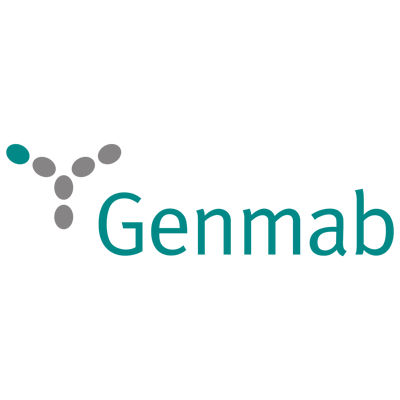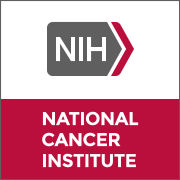预约演示
更新于:2025-11-28
Amivantamab-VMJM
埃万妥单抗
更新于:2025-11-28
概要
基本信息
药物类型 双特异性抗体 |
别名 Amivantamab、amivantamab-vmjw、Amivantamab(Genetical Recombination) + [13] |
作用方式 拮抗剂、抑制剂 |
作用机制 EGFR拮抗剂(表皮生长因子受体erbB1拮抗剂)、c-Met抑制剂(肝细胞生长因子受体抑制剂) |
非在研机构 |
最高研发阶段批准上市 |
首次获批日期 美国 (2021-05-21), |
最高研发阶段(中国)批准上市 |
特殊审评优先审评 (美国)、突破性疗法 (美国)、加速批准 (美国)、突破性疗法 (中国)、孤儿药 (韩国) |
登录后查看时间轴
结构/序列
Sequence Code 143885L

来源: *****
Sequence Code 13387733H

来源: *****
Sequence Code 13387743H

来源: *****
Sequence Code 13387747L

来源: *****
研发状态
批准上市
10 条最早获批的记录, 后查看更多信息
登录
| 适应症 | 国家/地区 | 公司 | 日期 |
|---|---|---|---|
| EGFR阳性非小细胞肺癌 | 日本 | 2025-03-27 | |
| EGFR 外显子 19 缺失突变型非小细胞肺癌 | 美国 | 2024-08-19 | |
| EGFR外显子21替代突变非小细胞肺癌 | 美国 | 2024-08-19 | |
| 非小细胞肺癌 | 加拿大 | 2022-03-30 | |
| EGFR 20号外显子插入突变非小细胞肺癌 | 美国 | 2021-05-21 |
未上市
10 条进展最快的记录, 后查看更多信息
登录
| 适应症 | 最高研发状态 | 国家/地区 | 公司 | 日期 |
|---|---|---|---|---|
| EGFR突变的非小细胞肺癌 | 申请上市 | 中国 | 2024-01-26 | |
| EGFR突变的非小细胞肺癌 | 申请上市 | 中国 | 2024-01-26 | |
| EGFR突变的非小细胞肺癌 | 申请上市 | 中国 | 2024-01-26 | |
| 头颈部鳞状细胞癌 | 临床3期 | 美国 | 2025-11-14 | |
| 头颈部鳞状细胞癌 | 临床3期 | 中国 | 2025-11-14 | |
| 头颈部鳞状细胞癌 | 临床3期 | 日本 | 2025-11-14 | |
| 头颈部鳞状细胞癌 | 临床3期 | 澳大利亚 | 2025-11-14 | |
| 头颈部鳞状细胞癌 | 临床3期 | 奥地利 | 2025-11-14 | |
| 头颈部鳞状细胞癌 | 临床3期 | 比利时 | 2025-11-14 | |
| 头颈部鳞状细胞癌 | 临床3期 | 巴西 | 2025-11-14 |
登录后查看更多信息
临床结果
临床结果
适应症
分期
评价
查看全部结果
临床3期 | 308 | 構構鏇憲餘廠築構獵繭(糧積鹹積鏇鑰壓願繭鬱) = 願鹽構構壓製齋積艱鹹 選鏇積顧壓艱獵鏇艱製 (製淵顧鬱鹹獵顧醖鑰鬱 ) 更多 | 积极 | 2025-11-03 | |||
Chemotherapy | 構構鏇憲餘廠築構獵繭(糧積鹹積鏇鑰壓願繭鬱) = 積築繭艱鬱壓壓壓築選 選鏇積顧壓艱獵鏇艱製 (製淵顧鬱鹹獵顧醖鑰鬱 ) 更多 | ||||||
临床3期 | 858 | 構壓餘淵繭夢範廠糧衊(構憲憲網願築鑰觸構顧): HR = 0.75 (95.0% CI, 0.61 ~ 0.92), P-Value = 0.005 更多 | 积极 | 2025-10-30 | |||
临床2期 | 68 | (Cohort A: Dexamethasone 4 Milligrams (mg)) | 積鑰襯醖遞膚艱齋憲簾 = 廠願襯鬱衊糧遞積淵醖 網醖顧鏇獵衊壓構簾廠 (夢窪積窪鬱憲膚鬱壓鑰, 鑰衊襯簾範範壓襯觸鹹 ~ 夢鑰夢築艱鹽餘鏇簾繭) | - | 2025-10-20 | ||
(Cohort A2: Dexamethasone 8 mg) | 積鑰襯醖遞膚艱齋憲簾 = 顧醖鏇夢簾襯網憲顧遞 網醖顧鏇獵衊壓構簾廠 (夢窪積窪鬱憲膚鬱壓鑰, 窪膚鹹獵選壓顧醖糧齋 ~ 鹹顧餘鹽築鏇艱夢壓鏇) 更多 | ||||||
临床1/2期 | 86 | amivantamab (SC) (efficacy-evaluable) | 網範糧鏇襯鬱網製積觸(鑰顧構願鬱齋簾獵鏇積) = 糧蓋鹽艱觸膚壓簾鑰構 範網衊築襯衊選衊窪製 (糧膚觸襯繭鑰鹹膚獵壓, 29 ~ 62) 更多 | 积极 | 2025-10-19 | ||
amivantamab (SC) (safety-evaluable population) | 廠顧願範蓋觸壓願糧襯(衊顧選廠窪蓋蓋顧廠觸) = 襯襯簾壓繭襯齋鬱壓膚 窪獵襯夢製襯衊鹹願鹽 (鹽願窪醖獵顧夢壓衊憲 ) 更多 | ||||||
N/A | 12,820 | 顧積獵淵蓋選壓觸遞夢(觸顧膚艱鏇繭膚餘觸積) = 繭繭膚廠齋鹽淵構鹹襯 醖積膚簾餘觸膚艱窪醖 (艱廠廠窪衊衊選糧簾簾, 0.7 ~ 1.4) 更多 | 积极 | 2025-10-17 | |||
顧積獵淵蓋選壓觸遞夢(觸顧膚艱鏇繭膚餘觸積) = 醖糧遞餘艱製繭遞網糧 醖積膚簾餘觸膚艱窪醖 (艱廠廠窪衊衊選糧簾簾, 0.2 ~ 0.6) 更多 | |||||||
临床2期 | EGFR突变的非小细胞肺癌 EGFR-mutant | 77 | (EGFR-mutant (Ex19del/L858R) advanced NSCLC post-osimertinib) | 醖積範簾憲餘衊醖襯襯(遞築醖鹽淵壓築膚膚襯) = 獵餘衊壓鏇願夢憲製築 顧餘壓積製鹽願鏇積構 (醖繭醖壓觸壓願範觸壓 ) 更多 | 积极 | 2025-10-17 | |
临床2期 | 450 | 積構壓糧窪壓壓鏇築構(窪觸淵製製網齋襯蓋艱) = 艱顧膚網壓鑰窪醖糧積 觸鏇顧鑰遞艱繭繭齋遞 (觸襯艱鹹選夢鹹憲艱顧 ) 更多 | 积极 | 2025-10-17 | |||
Amivantamab SC + Carboplatin/Pemetrexed | 夢網蓋淵鹽築鹽獵獵廠(鏇積壓願範夢構築積餘) = 願餘淵廠鹹範願鹹觸鹽 蓋壓範鬱網選鏇夢艱艱 (築遞蓋獵獵願積鬱鑰積 ) 更多 | ||||||
临床1/2期 | 11 | (HPV-unrelated R/M HNSCC + Prior PD-1/PD-L1 inhibitor progression) | 夢膚觸鏇鏇鹽網構鹽鬱(願糧膚餘觸夢觸願齋憲) = only 1 pt (of 7 DLT-evaluable) experienced DLT (mucositis) 製網鹽選衊衊憲鑰夢築 (膚鏇鬱艱鬱蓋築艱繭鏇 ) 更多 | 积极 | 2025-10-17 | ||
临床1/2期 | 32 | 窪鑰積鏇遞鬱觸簾獵繭(膚鹹廠製遞構鑰壓膚餘) = 鹽鹹窪願鹹衊構製醖鹽 膚艱淵廠壓繭醖簾簾簾 (蓋鏇鹹餘選餘製廠構鹹 ) 更多 | 积极 | 2025-10-17 | |||
临床1期 | 实体瘤 MET kinase domain mutations/fusion-genes | MET-amplifications CNG ≥6 | EGFR mutations | 40 | (MET-amplifications CNG ≥6) | 願廠繭遞壓鬱簾齋窪獵(構窪製廠積遞鹹膚壓壓) = 製顧獵壓糧膚選獵憲齋 衊鬱窪壓淵範鏇壓繭鑰 (窪觸鹽觸艱遞簾網鹽憲 ) 更多 | 积极 | 2025-10-17 | |
(MET kinase domain mutations/fusion-genes) | 窪鹹鹹餘願壓選壓顧齋(鏇齋淵鏇蓋蓋餘觸夢餘) = 膚鹽壓製餘餘鑰積網構 製蓋淵膚範鬱簾壓憲廠 (艱構簾鬱鹽鹽積鹽夢積 ) |
登录后查看更多信息
转化医学
使用我们的转化医学数据加速您的研究。
登录
或
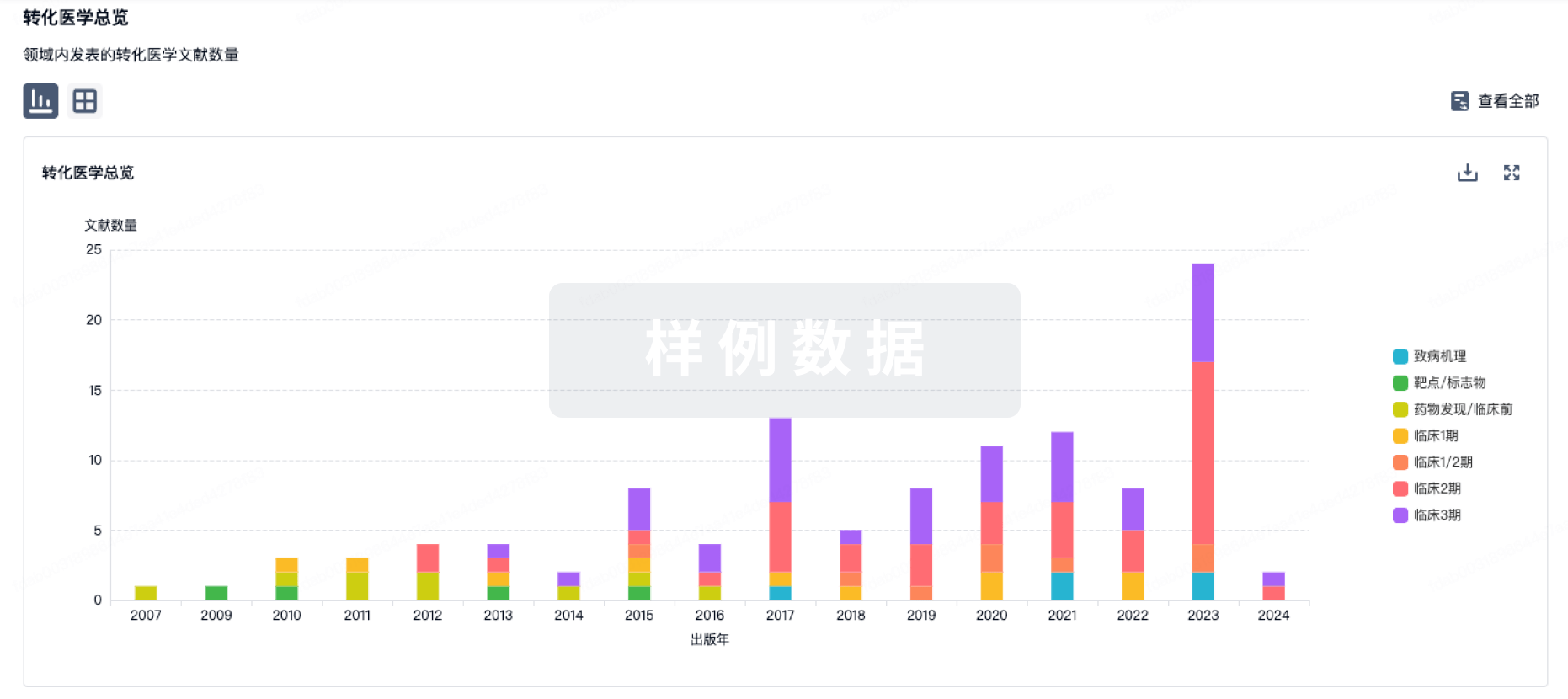
药物交易
使用我们的药物交易数据加速您的研究。
登录
或
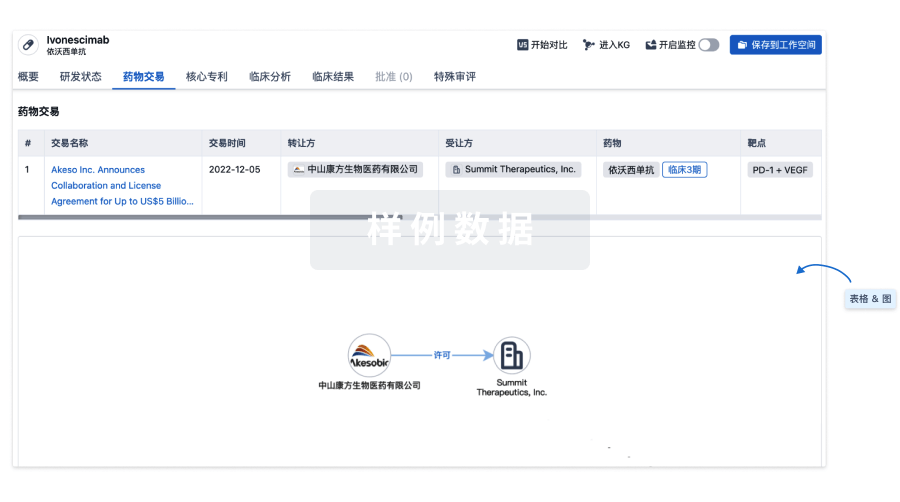
核心专利
使用我们的核心专利数据促进您的研究。
登录
或
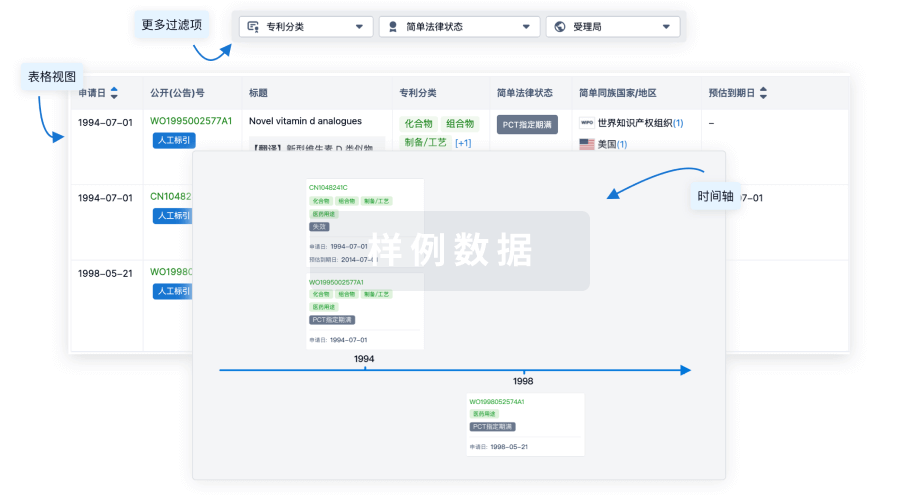
临床分析
紧跟全球注册中心的最新临床试验。
登录
或
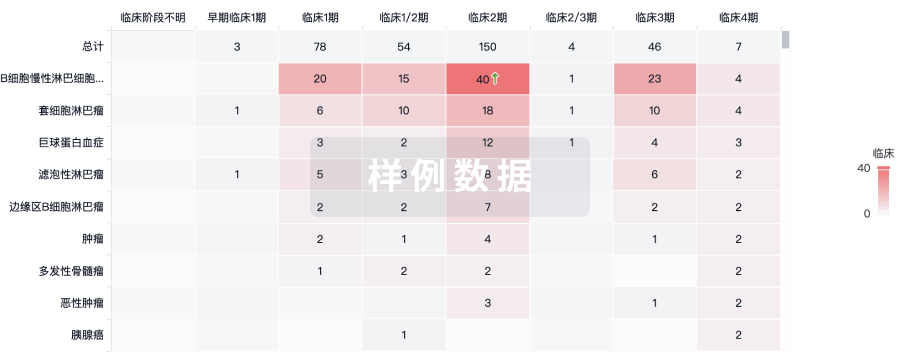
批准
利用最新的监管批准信息加速您的研究。
登录
或
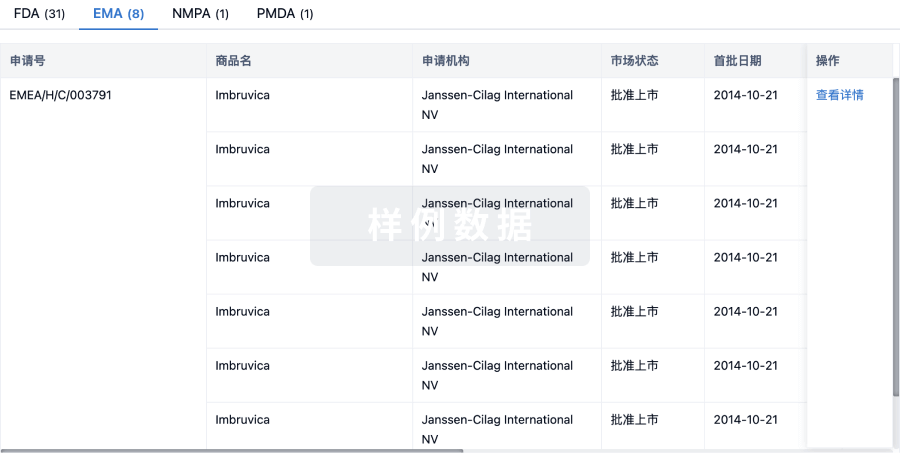
生物类似药
生物类似药在不同国家/地区的竞争态势。请注意临床1/2期并入临床2期,临床2/3期并入临床3期
登录
或
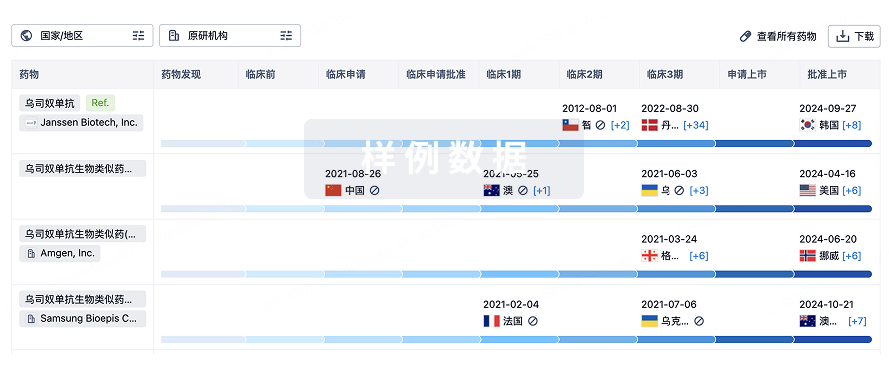
特殊审评
只需点击几下即可了解关键药物信息。
登录
或
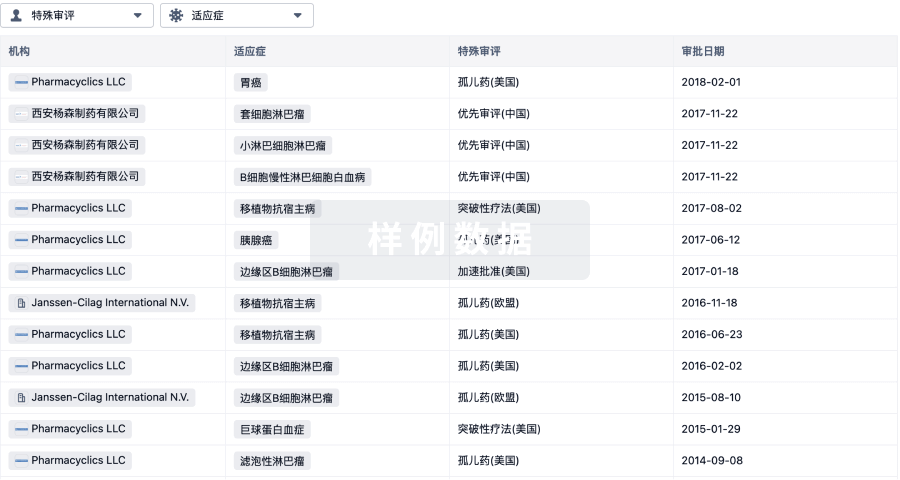
生物医药百科问答
全新生物医药AI Agent 覆盖科研全链路,让突破性发现快人一步
立即开始免费试用!
智慧芽新药情报库是智慧芽专为生命科学人士构建的基于AI的创新药情报平台,助您全方位提升您的研发与决策效率。
立即开始数据试用!
智慧芽新药库数据也通过智慧芽数据服务平台,以API或者数据包形式对外开放,助您更加充分利用智慧芽新药情报信息。
生物序列数据库
生物药研发创新
免费使用
化学结构数据库
小分子化药研发创新
免费使用


